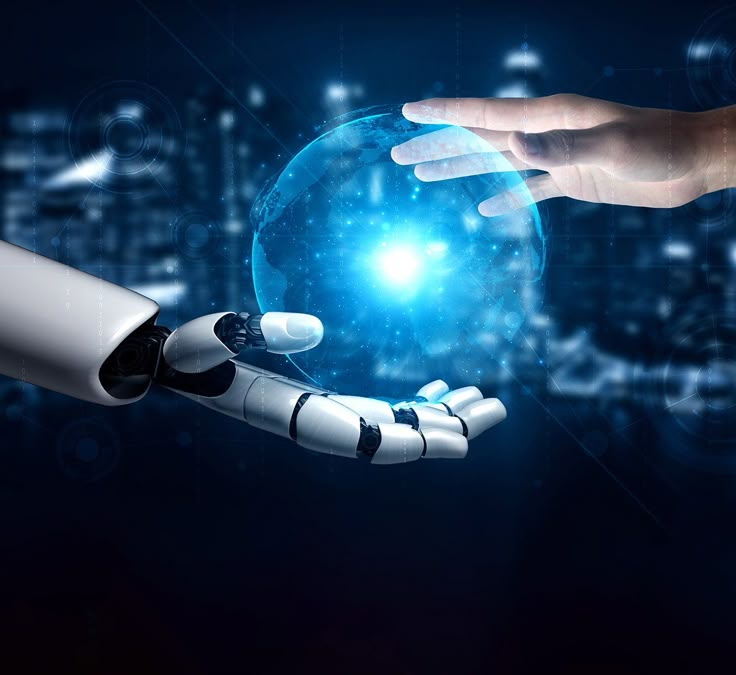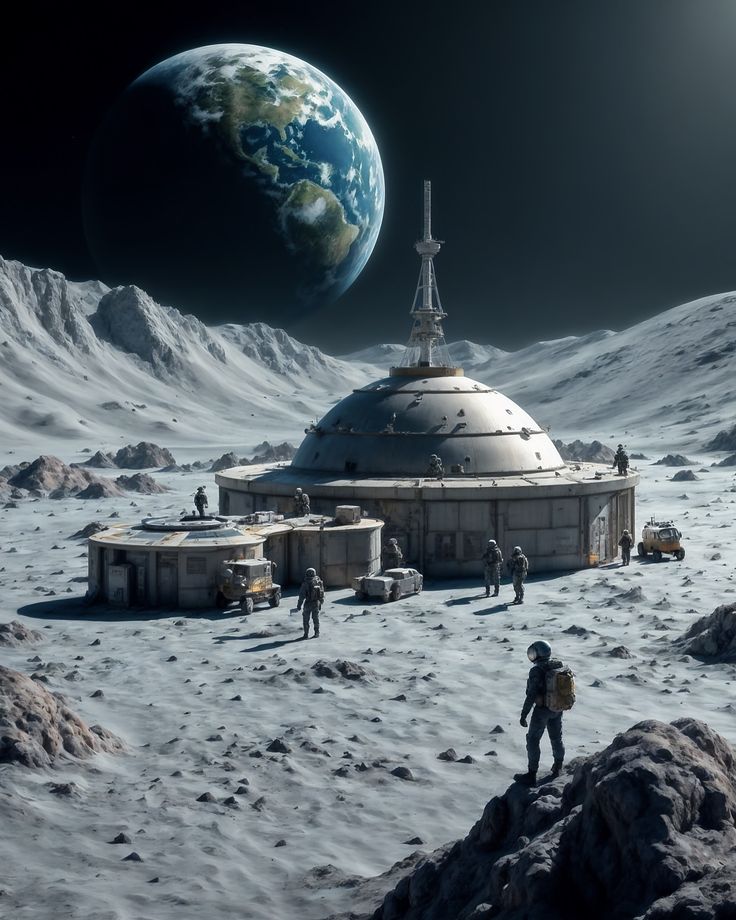Introduction
The world of technology never sleeps, and robotics innovation stands at the heart of this revolution. From self-learning robots to fully automated industries, we’re stepping into an era where intelligent machines are not just tools — they’re collaborators. In 2025, robotics has become more human-like, adaptive, and creative, reshaping how we live and work.
1. The Rise of Intelligent Automation
Robots were once limited to performing repetitive tasks in controlled environments. Today, AI-driven automation allows robots to think, learn, and evolve.
Factories now operate with robotic systems that can self-diagnose issues, adjust production speeds, and optimize workflow with minimal human input.
This fusion of AI and robotics has given birth to the concept of cognitive automation, where machines make independent decisions based on real-time data.
2. Healthcare Revolution through Robotics
One of the most exciting applications of robotics innovation lies in healthcare. Surgical robots like Da Vinci have already shown how precision and accuracy can save lives.
Now, newer robotic systems assist in rehabilitation therapy, elderly care, and remote surgery. Imagine a future where a robot nurse helps monitor your vitals, administers medication, and even communicates with your doctor in real time — that’s no longer science fiction.
These advancements make healthcare faster, safer, and more accessible across the world.

3. Robotics in Daily Life
Robotics innovation isn’t just for factories or hospitals — it’s entering our homes, offices, and streets.
Smart home robots now manage household chores, while delivery robots navigate city traffic to bring groceries right to your door.
In the business world, service robots handle customer interactions, assist in logistics, and streamline office operations.
This growing presence of personal and service robots reflects a shift toward convenience and efficiency in everyday life.
4. Robotics and Sustainability
One of the most overlooked yet powerful impacts of robotics innovation is its contribution to sustainability.
Robots in agriculture help reduce water waste, optimize crop yield, and minimize pesticide use.
In recycling facilities, automated systems sort materials with near-perfect accuracy, reducing human exposure to hazardous waste.
These innovations not only improve efficiency but also help build a greener, cleaner planet.
5. Challenges and the Human Factor
While robotics innovation offers endless possibilities, it also raises questions.
Will robots take human jobs? How do we ensure ethical use of AI-driven machines?
The key lies in balance — humans and robots must collaborate, not compete. The future workforce will need to adapt, focusing on creativity, problem-solving, and emotional intelligence — areas where humans still excel.

6. The Future of Robotics Innovation
Looking ahead, robotics innovation will continue to evolve rapidly.
Expect to see humanoid robots capable of emotional understanding, nanobots repairing human cells from within, and autonomous systems managing entire smart cities.
As technology progresses, robots will no longer just assist us — they’ll inspire us to think beyond our limitations.
Conclusion
From healthcare to home automation, robotics innovation is transforming the world in unimaginable ways.
As 2025 unfolds, the collaboration between humans and machines will define the next chapter of progress. The question isn’t whether robots will change the world — they already are. The real question is: how will we adapt and grow alongside them?
The predicted trends for robotics 2025 are poised to reshape the landscape of technology and business operations. With advancements in artificial intelligence, collaborative robots, and autonomous systems, industries will experience a transformation that enhances efficiency, safety, and innovation.

